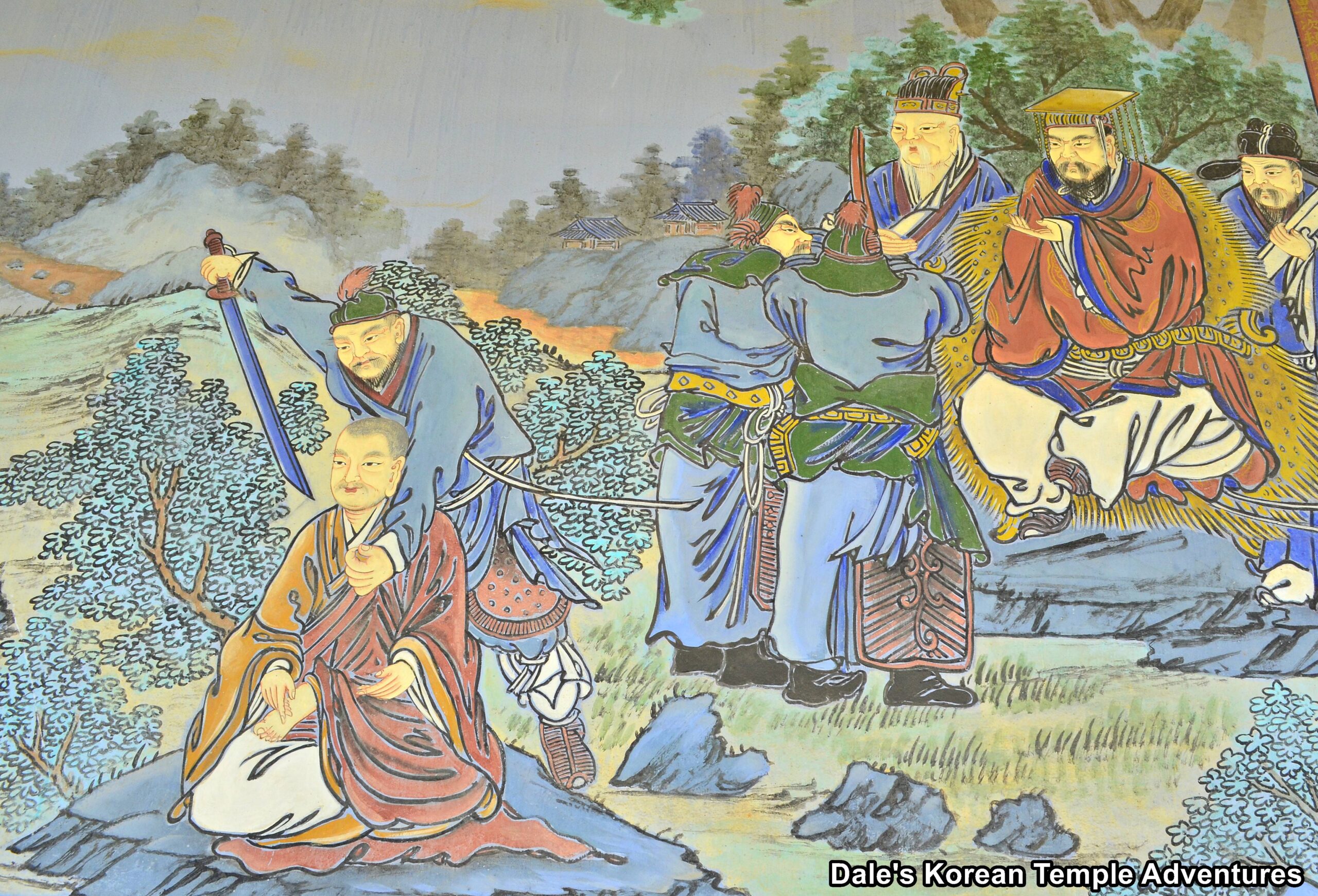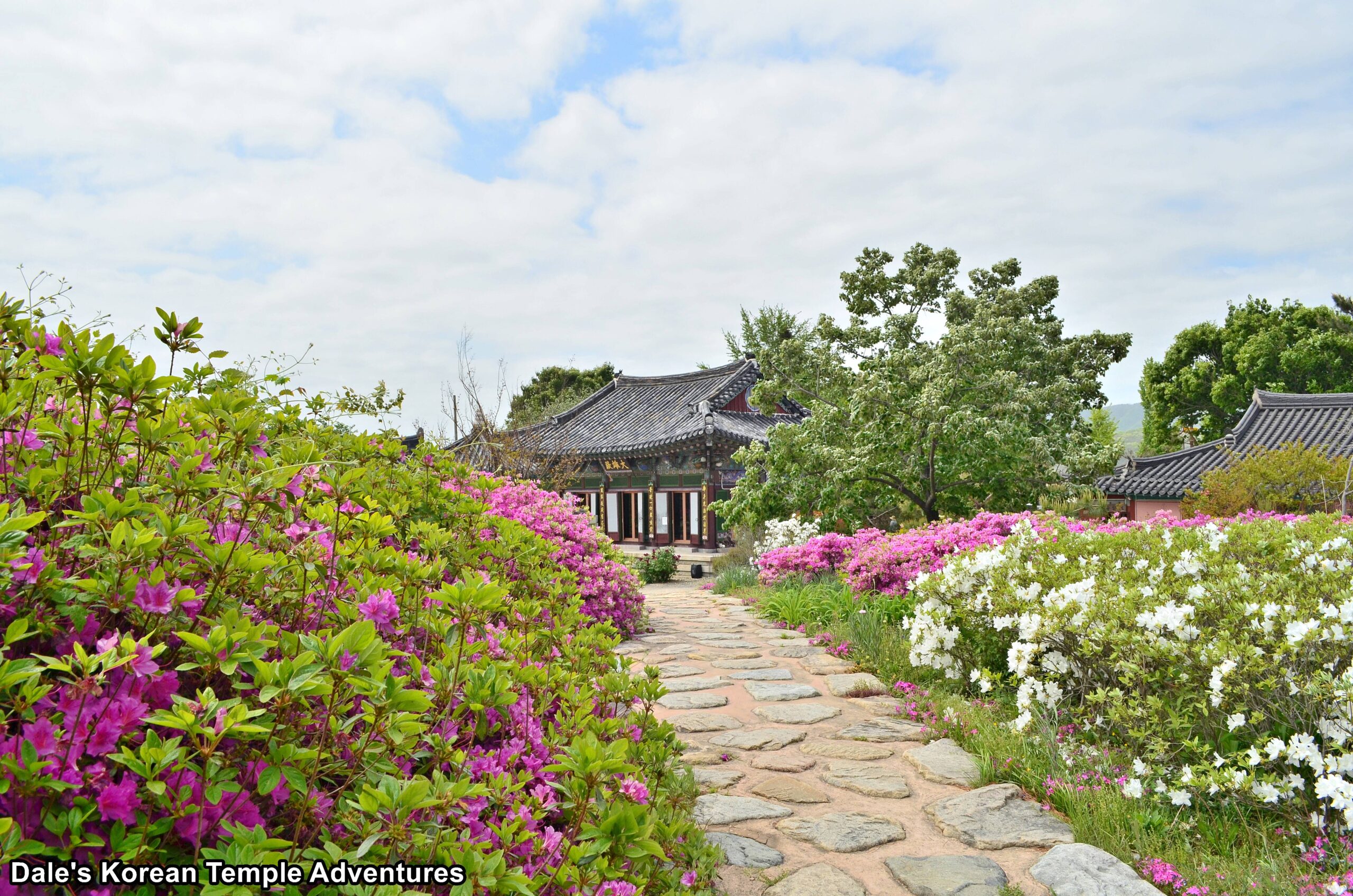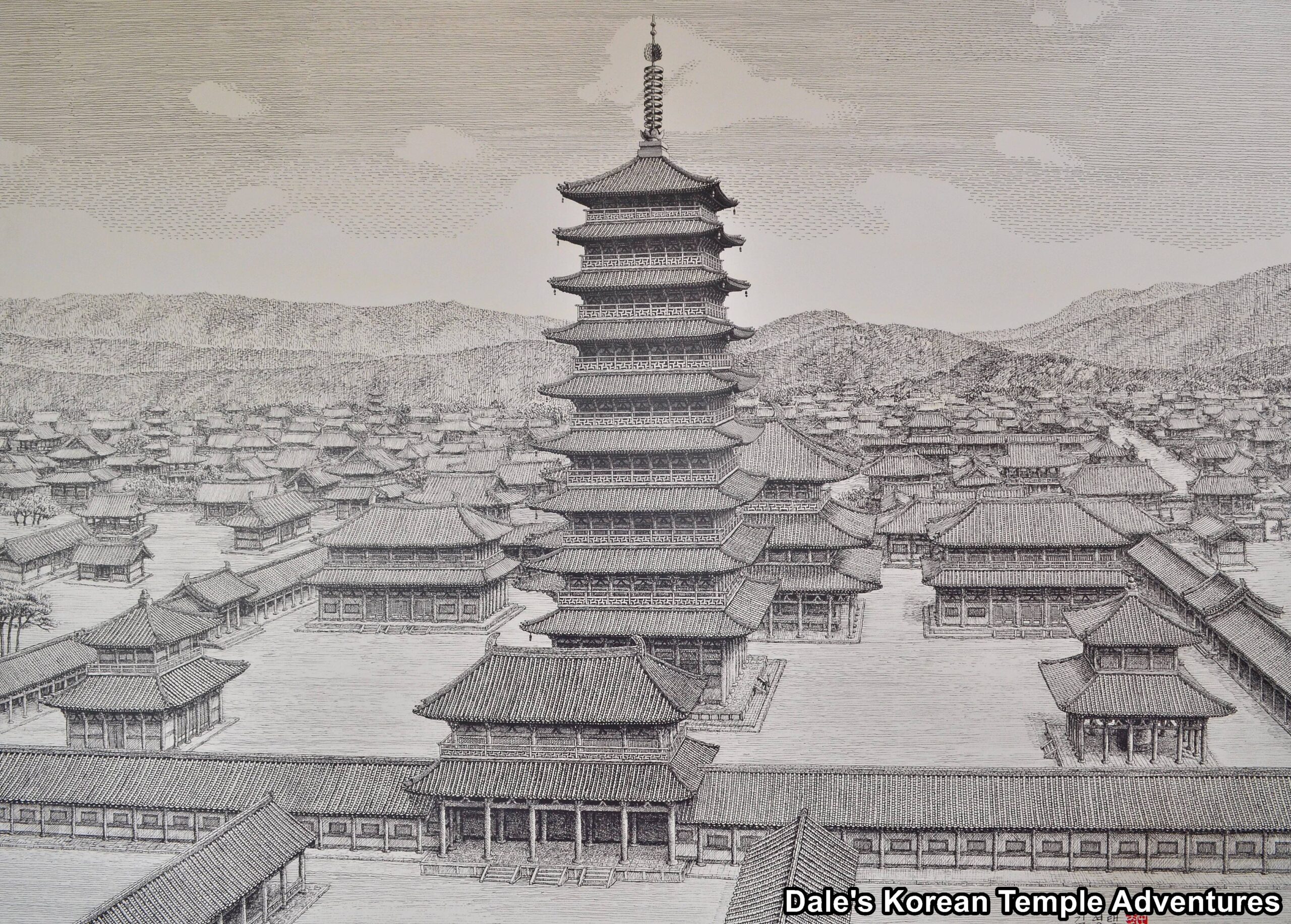The Emergence of a Dynasty – The Silla Kingdom (57 B.C. – 935 A.D.)

The Silla Kingdom, which was located in the east to southeastern portion of the Korean peninsula, was one of the longest sustained dynasties in all of Asian history. The kingdom spanned an astonishing 992 years in length from 57 B.C. to 935 A.D. The Silla Kingdom was founded by King Hyeokgeose of Silla (r. 57 B.C. – 4 A.D.) in 57 B.C.E. around present-day Gyeongju. It started as Saro-guk, which was a city-state within a twelve member confederacy known as Jinhan. By the 2nd century, Silla existed as a distinct state within the region. And by the 3rd century, the Silla Kingdom expanded its influence over the neighbouring city-states; however, during this time, Silla was probably still nothing more than a strong member of a city-state confederacy.
At the time of King Jijeung of Silla’s reign, which lasted from 500 – 514 A.D., the Silla Kingdom was still politically and militarily weak compared to the neighbouring kingdoms of the Baekje and Goguryeo Kingdoms. However, under King Jijeung of Silla’s reign, Silla achieved important advancements in agricultural technology like plowing by ox and extensive irrigation. These advancements resulted in social and cultural developments and reforms in Silla society. As a result of these advancements, the Silla Kingdom gained land. Finally, during the reign of King Jijeung of Silla’s successor, King Beopheung of Silla (r. 514 – 540 A.D.), the social and governmental reforms were fully in place with a centralized aristocratic state. With a strong monarchical central government, the Silla Kingdom was ready to expand both geographically and culturally.
Buddhism was first introduced to the Silla Kingdom in 263 A.D. by the Goguryeo monk Ado. However, when Ado first attempted to teach Buddhism, the Silla people almost killed him. Unfortunately, Ado had to hide at the Buddhist sympathizers’ house, Morye, who would help shelter future Buddhist monks like Ado and Mukhoja. Both would secretly teach Buddhism, while also curing royalty like the daughter of King Michu of Silla (r. 262 – 284 A.D.). Initially, people expected the miraculous from Buddhism like the curing of royal ailments. Other monks like the Goguryeo monks Chongbang and Myoguch weren’t as lucky as they were killed for their Buddhist beliefs and efforts.
For all these reasons, it is commonly accepted that the Silla Kingdom was the last of the Three Kingdoms on the Korean peninsula to accept Buddhism. The main reason for this delay in accepting Buddhism, and was hinted at before, was the lack of a strong central government and monarchy for the longest of time. This weak foundation resulted in the delay in the acceptance of Buddhism. Once more, a Goguryeo monk by the name of Ado, which simply refers to monk in general, helped further introduce Buddhism to the Silla Kingdom. This time, Ado heard that a foreign envoy had brought King Beopheung of Silla incense. Master Ado traveled to the royal palace, and when he was shown respect by the foreign envoy, the king realized just how much Buddhist monks were and should be revered. It was only after this meeting that King Beopheung allowed Buddhism to be accepted, perhaps for foreign political gain much like the Goguryeo Kingdom to the north. And while the Silla people were the first to accept Buddhism, it was still resisted by a considerable number in the Silla aristocracy.

It was only after the martyrdom of Ichadon (501-527 A.D.), during the reign of King Beopheung of Silla (r. 514 – 540 A.D.), that Buddhism gradually gained the acceptance it would need to become recognized as the national Silla religion. According to the legend of Ichadon, and as recorded by both the Samguk Yusa (Memorabilia of the Three Kingdoms) and the Samguk Sagi (History of the Three Kingdoms), Ichadon was the nephew of King Beopheung. For a long time, King Beopheung wanted to make Buddhism the national religion of Silla, but he continually met opposition and resistance from the powerful Silla aristocracy. Wanting to help his uncle, Ichadon concocted a plan to help King Beopheung. So he told the king secretly, “If you want to spread Buddhism, please kill me.” The king was surprised by such a shocking proposition, so he asked Ichadon, “How can I kill you and raise Buddhism?” Ichadon answered, “In a saint’s teaching, there is a secret dharma. If I die, there must be a miracle. Intrigued, the king asked, “My understanding of the way of spreading Buddhism is to perform good deeds. How then can I kill my faithful retainer?” As a result of such uncertainty, King Beopheung rejected Ichadon’s proposal. So Ichadon took it upon himself to force the hand of King Beopheung. Ichadon spread a false royal order that stated that the king wanted a Buddhist temple built in the Cheongyeongnim Forest. The king deemed the rumour treacherous, and he was forced to sentence Ichadon to death because at that time, if you confessed to being a Buddhist, it was punishable by death. Before his execution, Ichadon prophetically stated, “If Buddhism is good then when my head is cut off, the blood that flows will be white.” And when Ichadon was in fact executed, white blood flowed from his head. Taking this as a miraculous sign of Buddhism’s power, the aristocracy no longer objected to the new religion. Just one year later, in 528 A.D., King Beopheung ordered that no living thing should be killed, which included Buddhists. As a result, Buddhism was recognized as the official religion in the Silla Kingdom.
While Buddhism was recognized as a religion in 528 A.D., it wasn’t until 535 A.D. that it became a national religion. It was also in 535 A.D. that King Beopheung built Heungnyunsa Temple in Gyeongju. When parts of this temple were completed, King Beopheung became an ordained monk, and he took up residence at the new temple. He was followed by his queen, when Yongheungsa Temple was built, and she became a Buddhist nun under the name of Myobeop, which means “Marvelous Dharma” in English.

However, while tremendous strides were made during King Beopheung’s reign, it wouldn’t be until King Jinheung of Silla’s reign (r. 540 – 576 A.D.) that Buddhism, as a national religion, firmly took root. In 544 A.D., Heungnyunsa Temple was completed. In the spring of 549 A.D., a Liang Dynasty (502 – 557 A.D.) envoy brought Silla Master monk Gaktok back to the Silla Kingdom. With him, he brought about one thousand seven hundred volumes of Buddhist sutras. In 550 A.D., to show just how much Buddhism had become an integral part of Silla society, the king appointed Master Anjang, a Buddhist monk, to an important government post. Throughout this period, temples continued to spread like when the famous Hwangnyongsa Temple was completed after thirteen years of construction in 566 A.D. And like his predecessor before him, King Jinheung of Silla became an ordained Buddhist monk near the end of his life.
For the Silla Kingdom of the Three Kingdoms of Korea, Buddhism provided an ideology that would further help unify the nation behind a centralized Silla government. It was also at this time, coincidentally, that Silla started to become a mighty nation. In fact, the Silla Kingdom became so powerful that they unified the Korean peninsula and advanced Buddhism religiously, culturally, and artistically to unsurpassed heights. But more of that in a future post.
